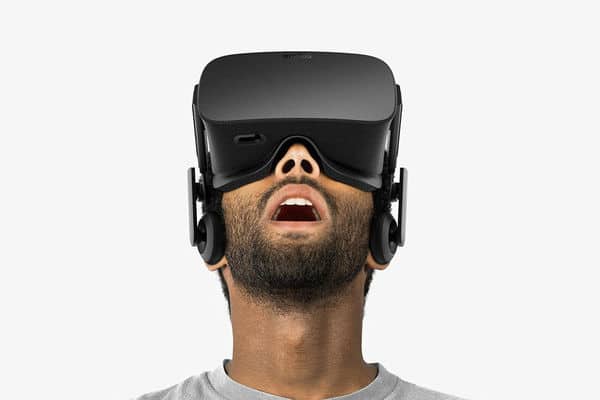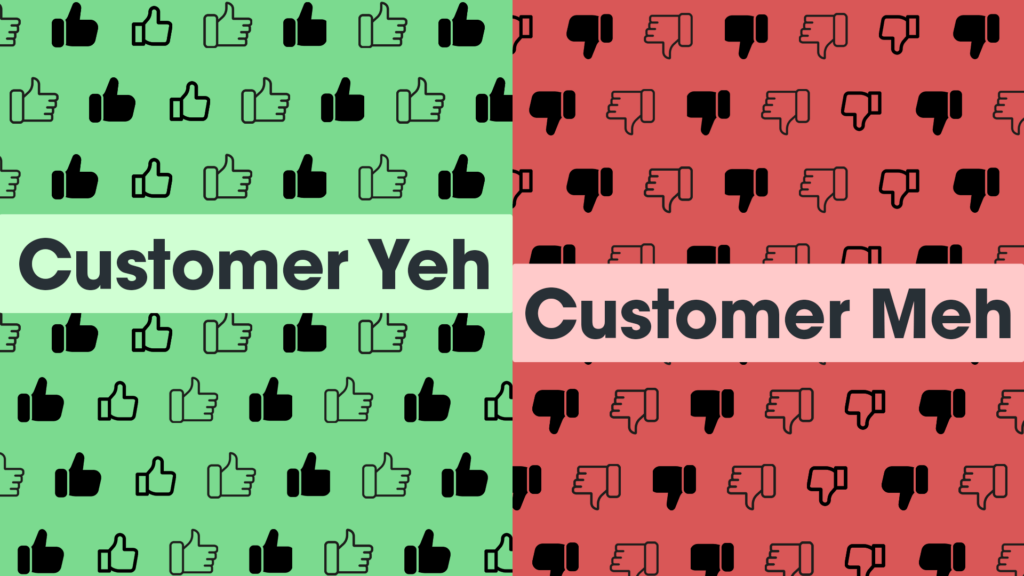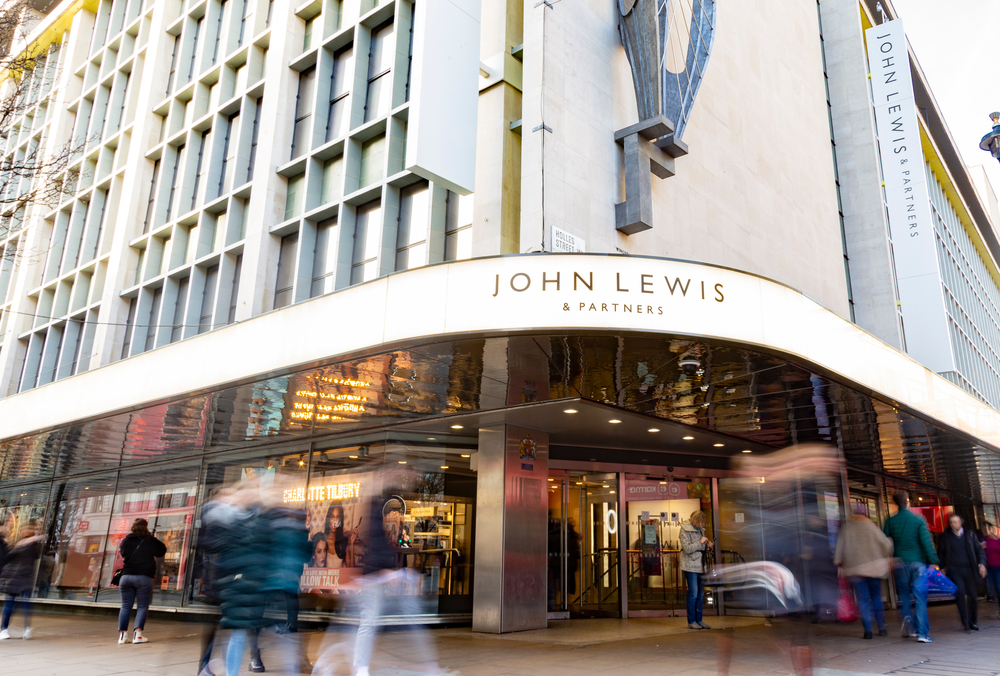Virtual reality is the new black in technology, with uses ranging from scary theme park rides to flying drones, and brands ranging from Coke to McDonald’s. Even Michelle Obama has used it to promote her healthy eating campaign.
VR is also being gradually adopted in the world of retail, with brands like Topshop using it for virtual runways in this year‘s London Fashion Week.
Many tout it as the next biggest technological advance for the industry, with far-reaching impacts.
“Virtual reality is already having a huge impact on the retail industry — a sector that has already been forced to change with the advent of ecommerce,” entertainment entrepreneur Dr Johnny Hon said.
“Now, virtual reality is seen as the next technology disrupter in the retail world. In my view, it will be the retail sector that will be driving much of the changes in the application of VR.
“Virtual shopping will become an extension of online shopping and there could well be an extension of this into other aspects of life.”
READ MORE: Alibaba reveal VR Pay technology allowing shoppers to pay with a nod
However, others are less convinced. Some argue that this is little more than a novelty that retailers can use as a PR stunt to entice customers.
“I think it has been very niche so far,” Leo Burnett activation director Ian Thomas said.
“Generally, the headsets need to be manned so it makes it quite expensive to use in retail stores.
“You can only demo a small number at a time and, whilst the hardware is low cost the cost of producing good content is still high.”
Last week Chinese ecommerce giant Alibaba announced that users on its VR platform can now make purchases by nodding at items within a virtual supermarket.
Meanwhile, Thomas Cook offers a VR service that allows customers to look around a hotel before they book.
Technology company Digital Bridge is working on a device which allows users to “try on” home décor elements like wallpaper and fixtures using VR.
Finally, Build Direct allows you to renovate and build new extensions within a VR world.
The potential is clearly there, and businesses from every sector are finding uses for the new tech.
“VR delivers experiences that go beyond what you can discover in a traditional retail store,” automotive tech firm Zerolight’s François de Bodinat said.
“[We use] VR to digitally explore and configure vehicles to any permitted spec, providing a sophisticated way of managing display capacity.
READ MORE: Game angers customers over £5 per 10 minute VR trials
“At the same time, features can be explored in ways that are totally unique, such as pulling parts of the car apart or suspending every component around you so you can explore every aspect of the vehicle.
“VR/AR provides a different experience for each user. It delivers a 1:1 experience, where consumers interact on their own terms, as opposed to 1:many approach, where every customer receives a similar proposition.
“The goal is not to ‘replace’ stores, but to enhance them. That’s where VR drives value.”
With so many retailers adopting this technology and doing so effectively, it could only be a matter of time before it is no longer a gimmick, but a staple of our everyday shopping experience.
The question is what methods can retailers come up with to utilise VR to its full potential, and how to use it to drive sales.
“This is a really exciting time for retail design as spaces are transitioning from being dry showrooms to content rich, experiential environments,” chief executive of VR specialists Holovis Stuart Hetherington said.
“We are now in a phase of discovery to identify what this next generation shopping experience looks like. We think it lies in more meaningful interaction, smart connectivity and less intrusiveness.
“Designers need to embrace the revolution of internet price checking and bring this in to the solution.”
Click here to sign up to Retail Gazette’s free daily email newsletter


















